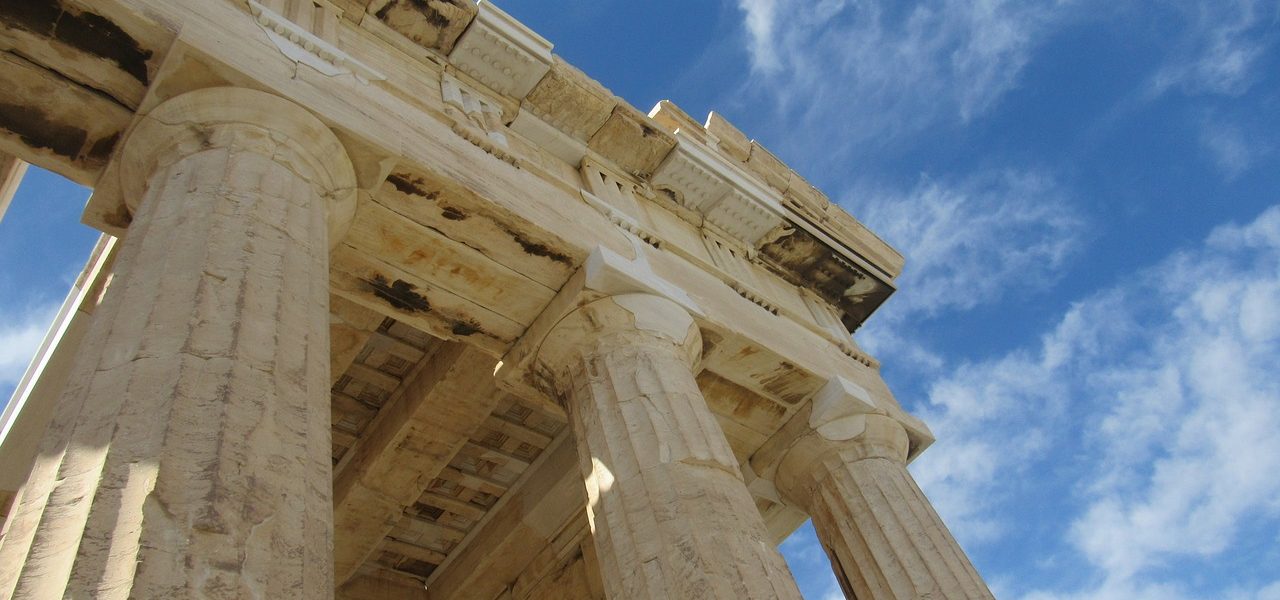Home › Forums › The Middle Ages › Carolingian grave in France found
- This topic has 5 voices and 10 replies.
-
AuthorPosts
-
January 10, 2014 at 6:43 pm #3715
 PhidippidesKeymaster
PhidippidesKeymasterA well containing some 20-30 bodies was excavated, and the bodies were determined to have dated to the 8th-10th centuries. They are not sure what caused their deaths, but they presently speculate it could have been from one of three pretty important events during the Early Middle Ages: warring over succession during the post-Charlemagne period, Viking raid, or epidemic.Seeing how the well is located in Burgundy, I am surprised that the Vikings ever traveled this far inland. Evidently, they did.Carolingian-era mass grave discovered in France
January 11, 2014 at 3:26 pm #29669 AethelingParticipant
AethelingParticipanta video report in French of the Institut de recherches archéologiques préventives about this findinghttp://www.images-archeologie.fr/Accueil/Recherche/p-11-lg0-notice-VIDEO-Le-mystere-du-puits-d-Entrains-sur-Nohain.htm?notice_id=7921
January 13, 2014 at 3:17 am #29670 scout1067Participant
scout1067ParticipantYou would be amazed at how far inland the Viking raids went. If a site was within a day or two's ride of a major river it was not safe.
January 13, 2014 at 3:46 pm #29671 PhidippidesKeymaster
PhidippidesKeymasterI guess. It's just a very long way to travel down rivers in longships. I haven't read anything about this, but I suppose they went in large groups of longships. That must have been quite the site for local people hanging out at the river one day, only to see a slew of slow-moving ships, packed with Vikings come around the bend. It's not as if the local Carolingian garrison would have been able to respond in any quick timeframe, so the locals would have more or less been on their own against the Norsemen.
January 14, 2014 at 5:16 pm #29672 donrocParticipant
donrocParticipantThe Vikings reached Paris in the 9th century. The mass graves could be the result of a severe earthquake that struck the Carolingian empire in 823 and shook the palace. Elsewhere entire villages and lakes disappeared and rivers had their courses altered. Also the 820s was a period of strange weather and phenomena such as huge chunks of ice as much as 15X4' in size falling in what is today France — suggesting perhaps a volcanic eruption in Iceland. The Thames froze one winter, and the Nile another.
January 14, 2014 at 6:33 pm #29673 AethelingParticipant
AethelingParticipantAll those skeletons (between twenty and thirty people) were found in a well at a depth of about four metres and those men, women and children appear to have been dumped in it.As you can see from the video, the well is quite narrow and at no time archaeologists are thinking about an earthquake-like reason nor any shaken palace ???
January 15, 2014 at 10:40 am #29674 scout1067Participant
scout1067ParticipantI wouldn't call a viking longship slow, they were actually pretty fast considering they were propelled by manpower alone. Most Viking raiding parties consisted of between 5-10 longships giving them somewhere around 250-600 men in a raiding party. They did not have to be huge, their reputation preceded them and they were fearsome in combat.
January 15, 2014 at 3:08 pm #29675 PhidippidesKeymaster
PhidippidesKeymasterI just took a look at longship speeds, and it seems they averaged about 5-10 knots (Skuldelev 3 – The coastal trader, Skuldelev 2 – The great longship), or about 10 mph. So this would not have been nearly as fast as attack by horse. But even assuming these ships were faster going down rivers than most other ships at the time, I imagine people would still have sufficient time to flee (assuming they had a decent line of sight). But this is speculative on my part. 🙂I am still impressed by longships due to their versatility (and I am impressed by the Vikings in general). I'm not saying I like the Vikings for what they did, but they do command attention.
January 15, 2014 at 4:16 pm #29676 skiguyModerator
skiguyModeratorIt's not that they were faster, it's because they were the only ships that could make it in such shallow water. That's why they were able to go inland so far.
January 15, 2014 at 4:57 pm #29677 PhidippidesKeymaster
PhidippidesKeymasterYes, hence their versitility. I also recall the fact that they were able to portage with their ships. One defense against the Vikings by Carolingian-era people was to create fortified or “armed” bridges which could attack Viking ships from above. The Vikings were able avoid these altogether simply by taking their ships out of water and going around them.
January 15, 2014 at 5:45 pm #29678 AethelingParticipant
AethelingParticipantNot only fortified bridges but the rise of motte and baily castles as well.
January 16, 2014 at 8:43 am #29679 scout1067Participant
scout1067ParticipantI read last year that the Motte and Bailey form of castle ws brought to Western Europe by the Vikings as it is a further development of the Eastern European timber ring-forts common in the North European plain. I do know that the Normans were inordinately fond of the motte and bailey castle so it seems plausible at least.
-
AuthorPosts
- You must be logged in to reply to this topic.


